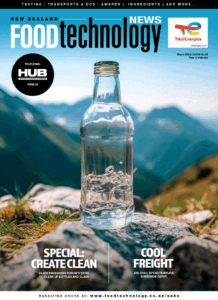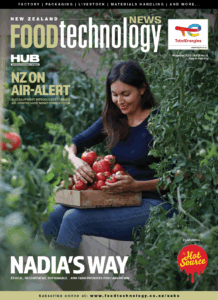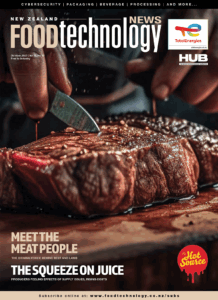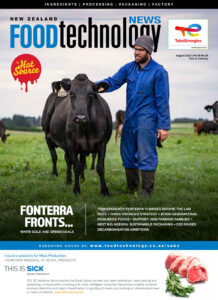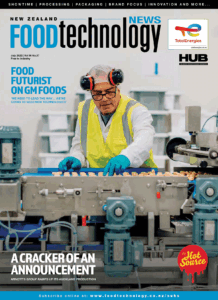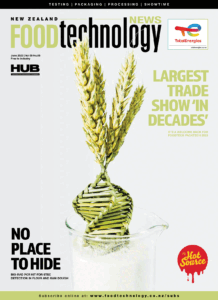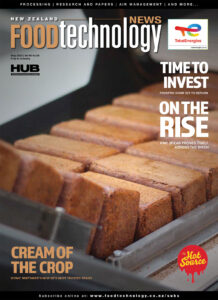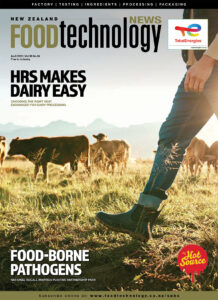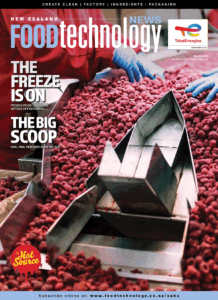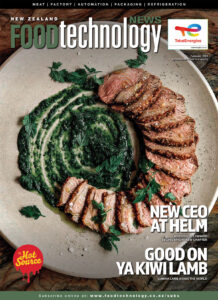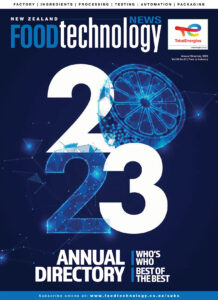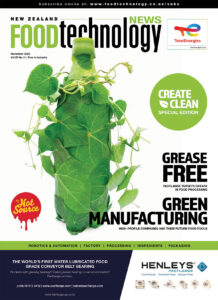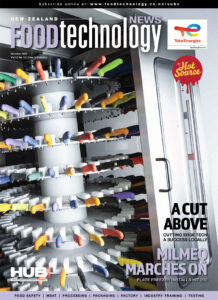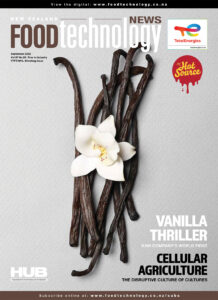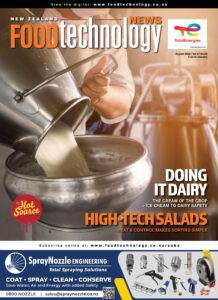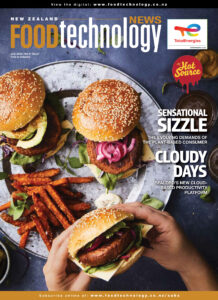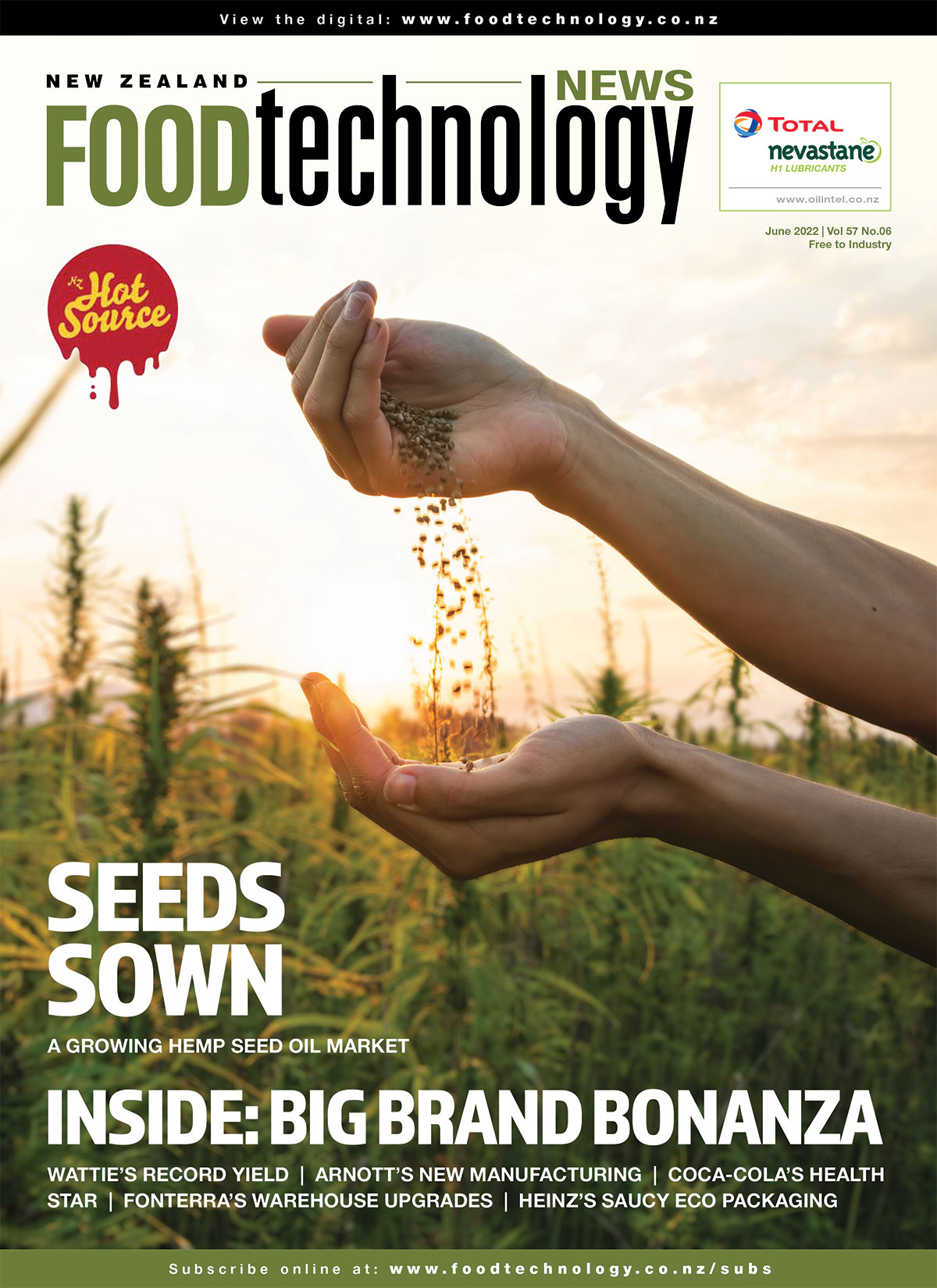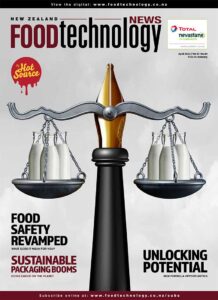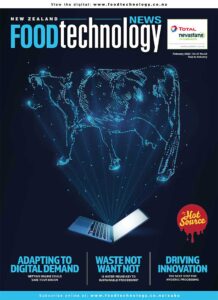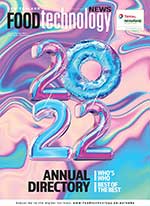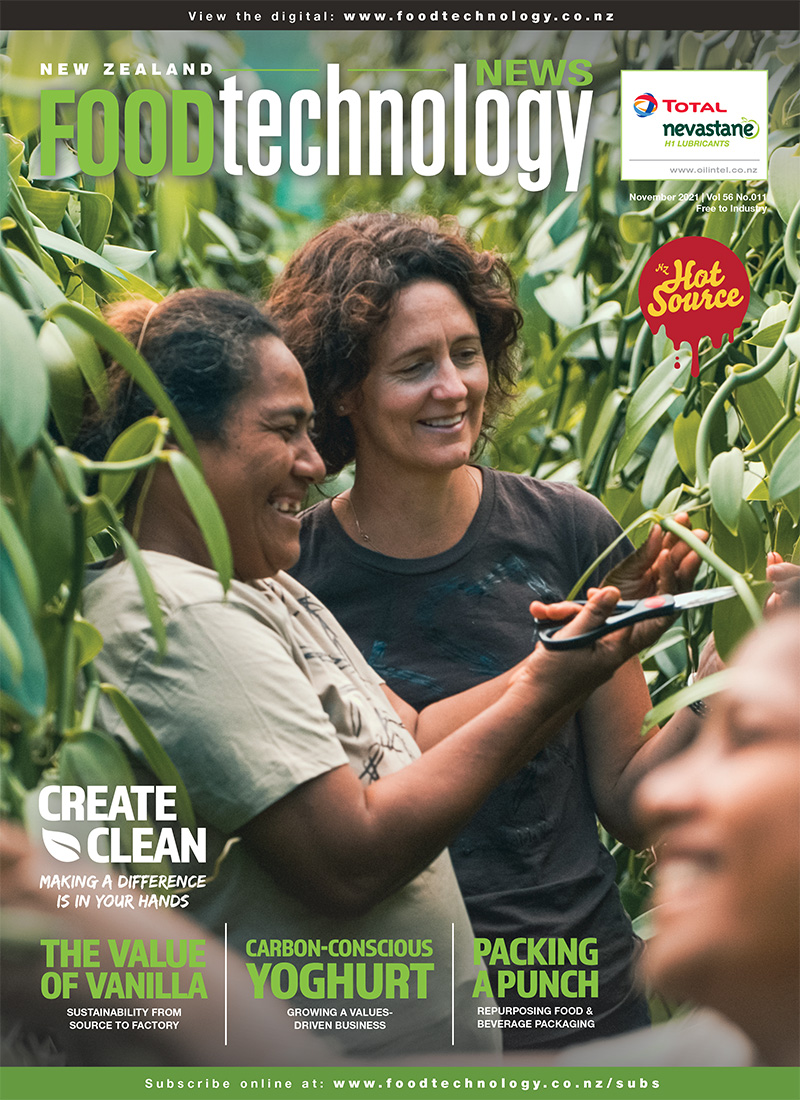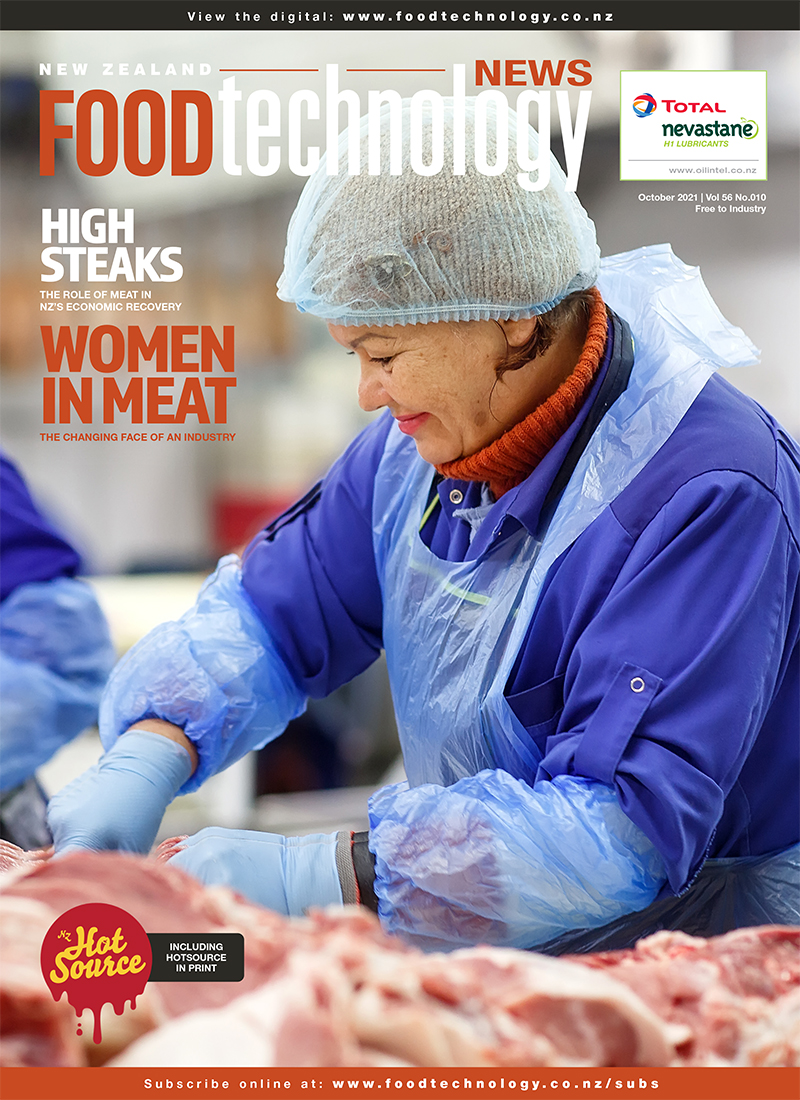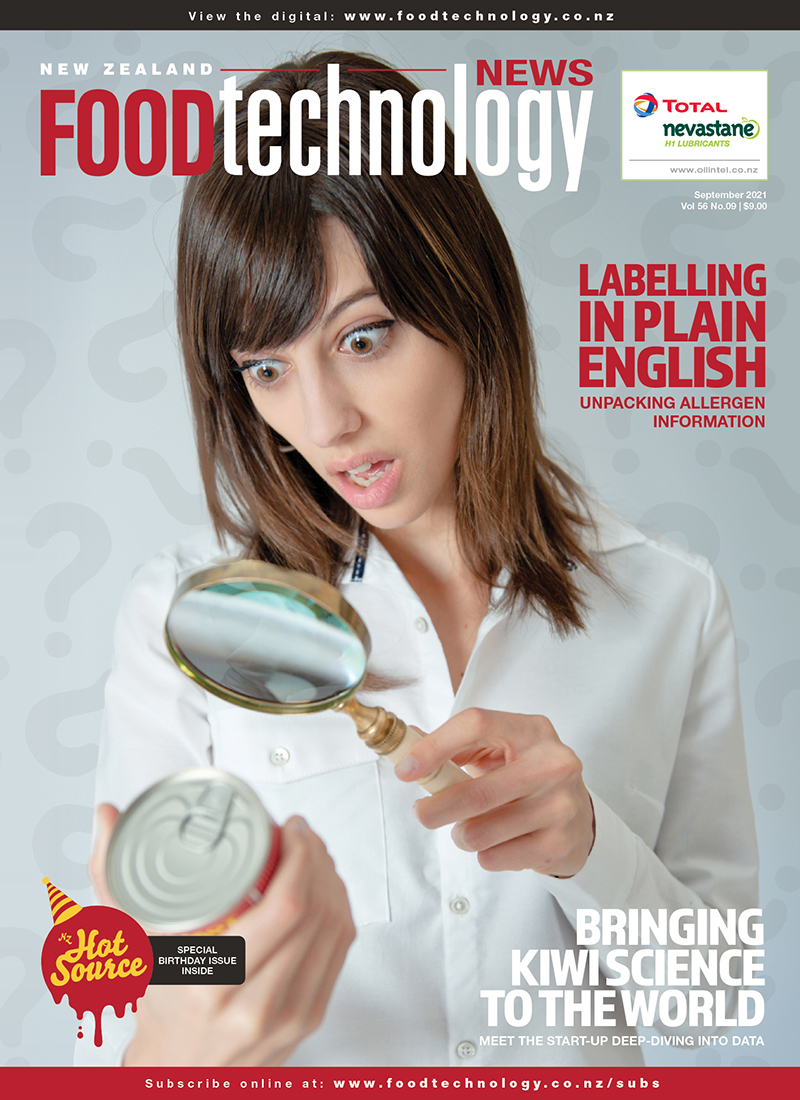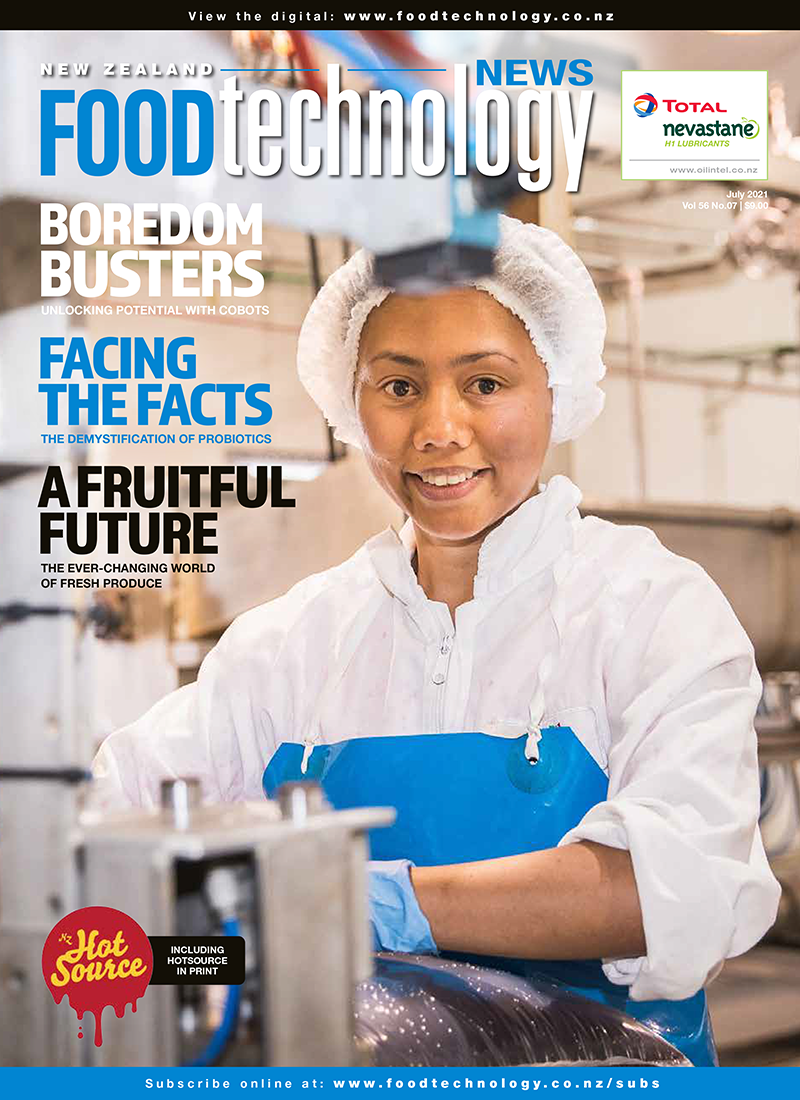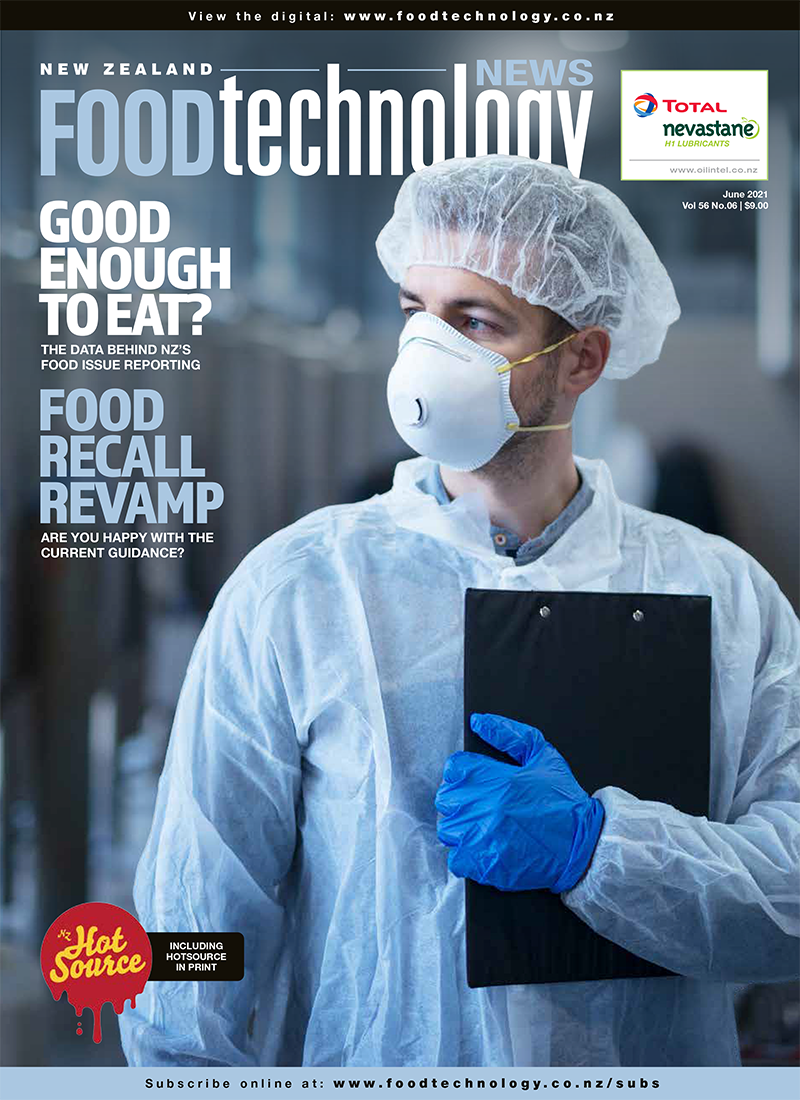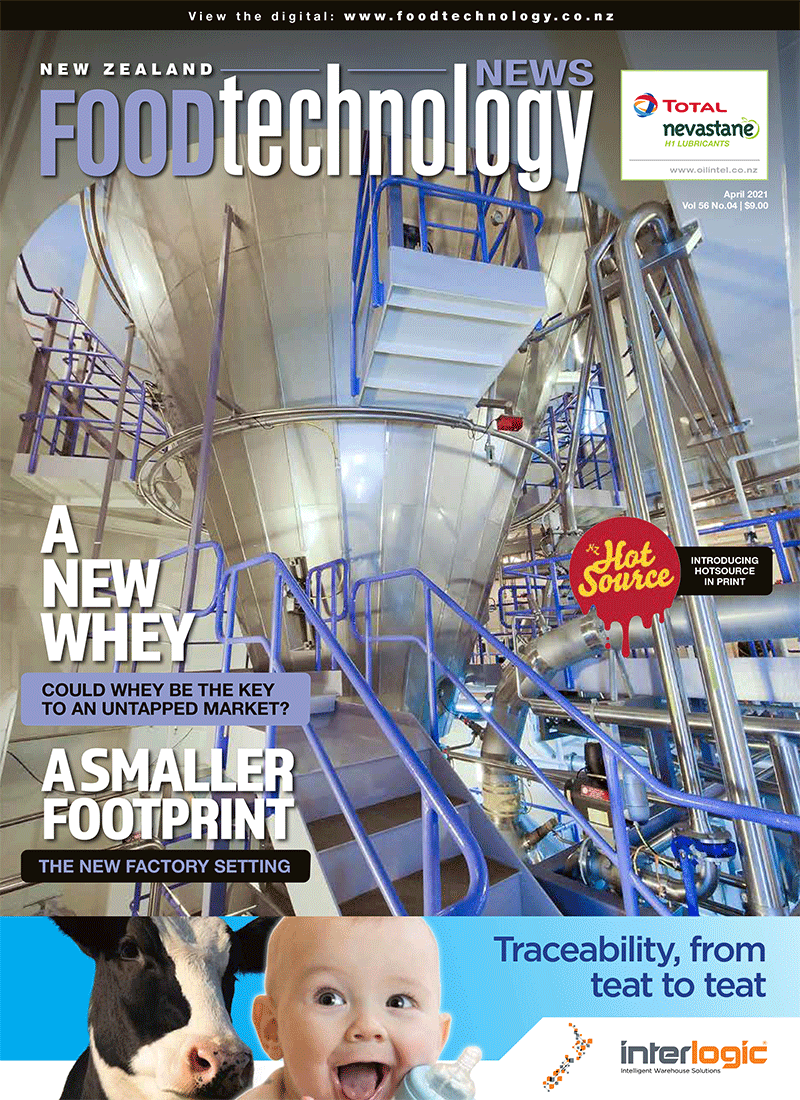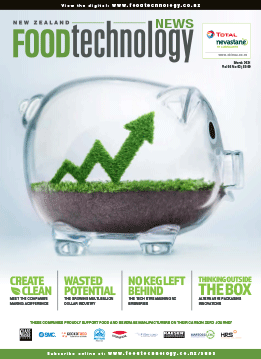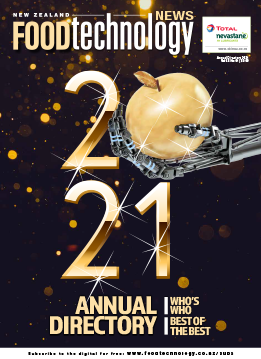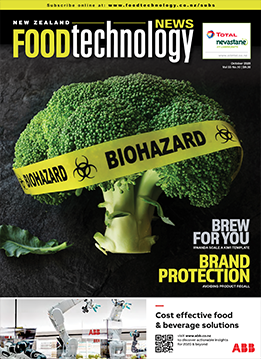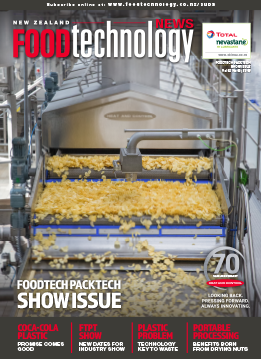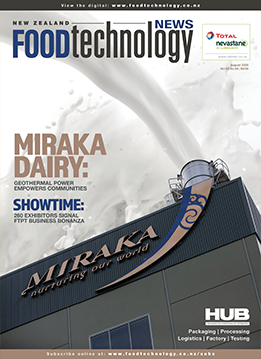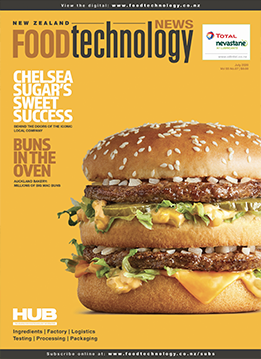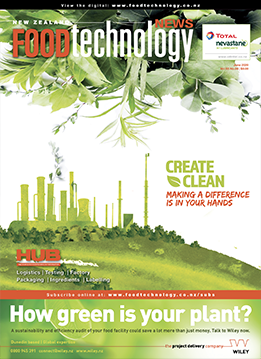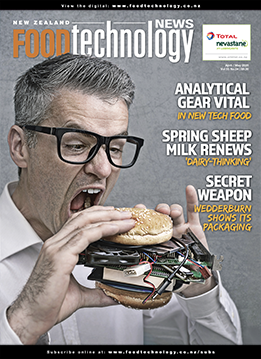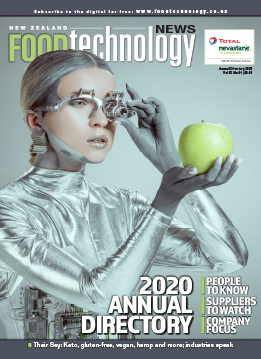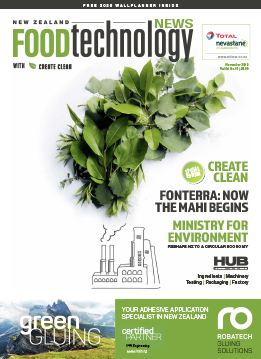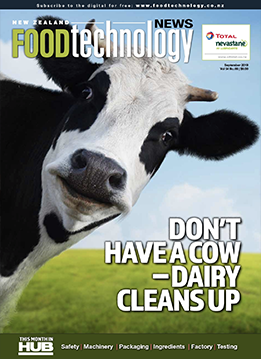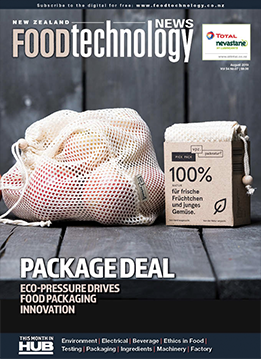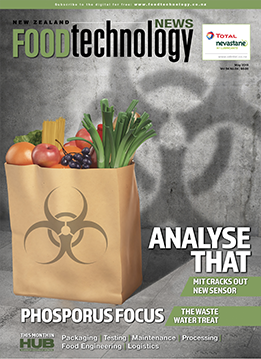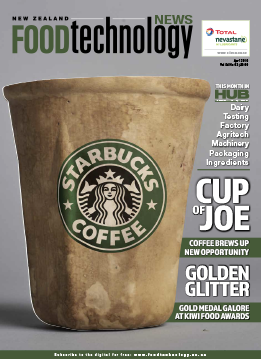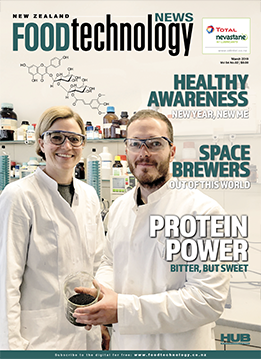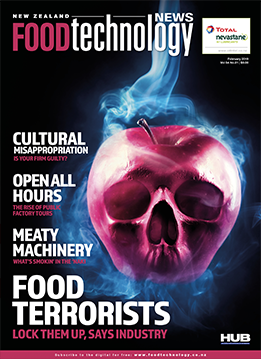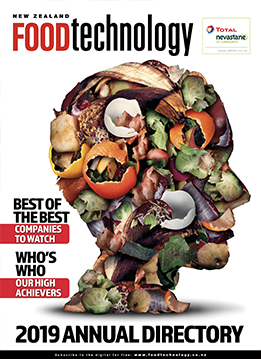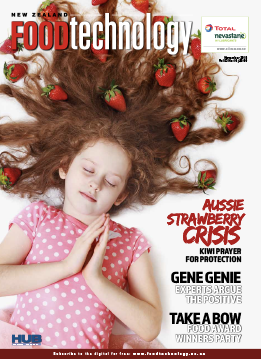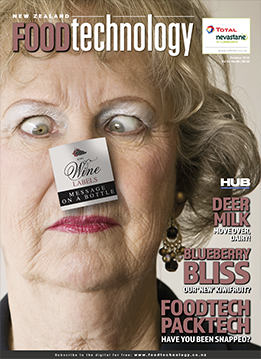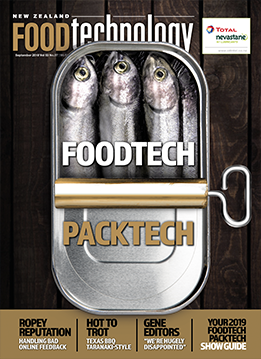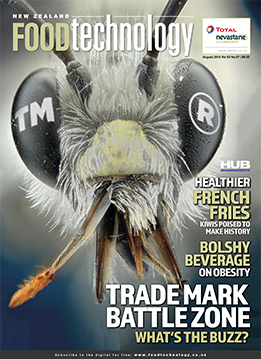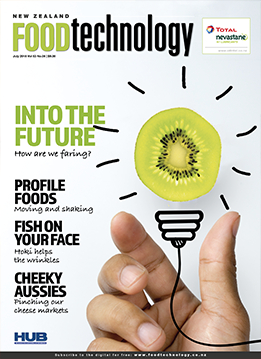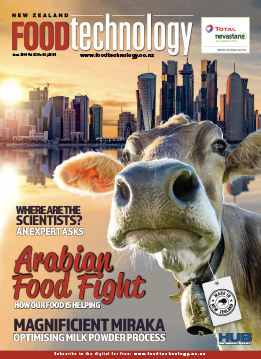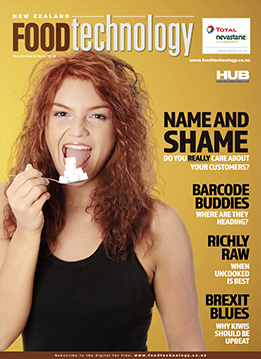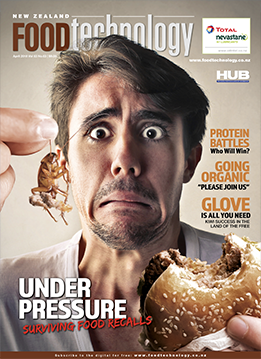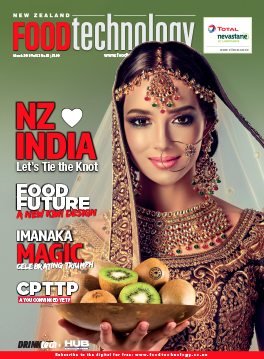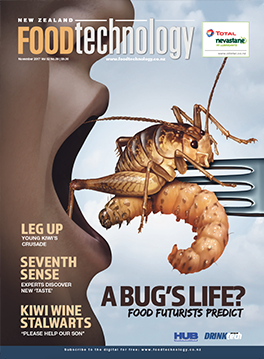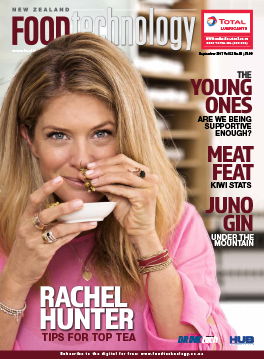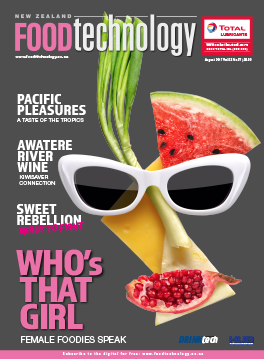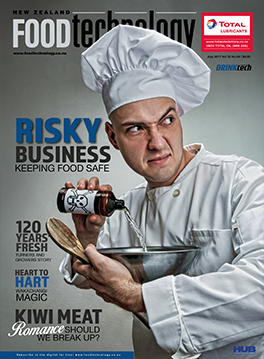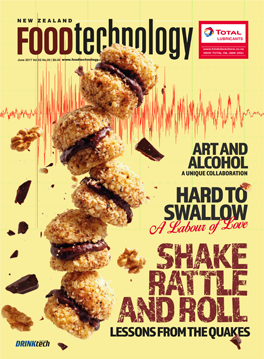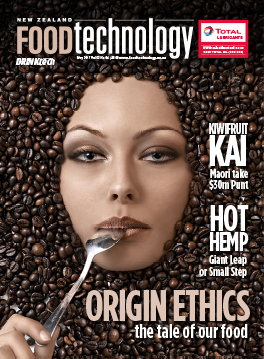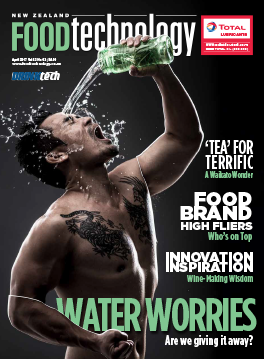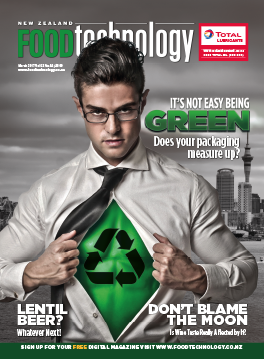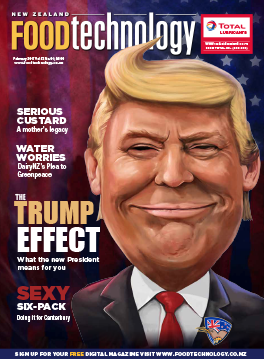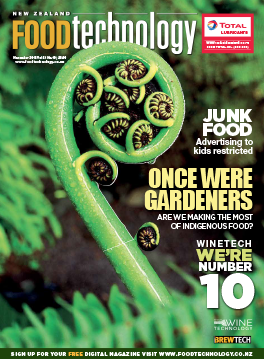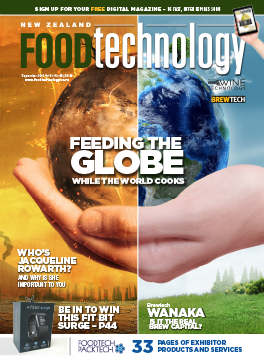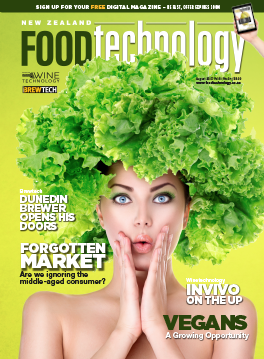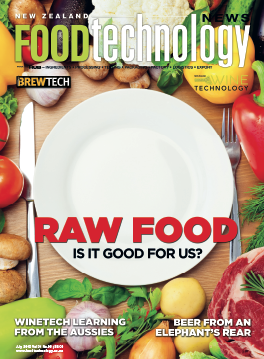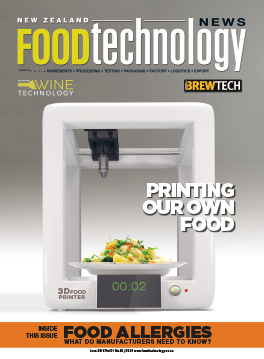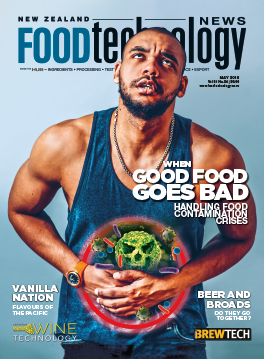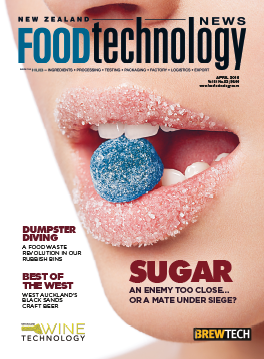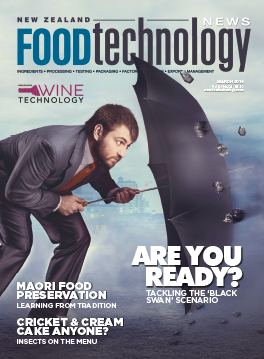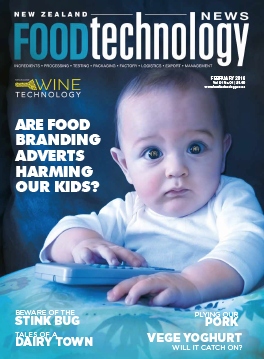New Zealand’s health star ratings for packaged products are already dead in the water and flawed in their depiction of fat, salt and sugar. That’s the opinion of public health expert Grant Schofield, who says New Zealand’s food industry “suckered” in the country’s public with the rating, which has a flawed algorithm.
“The voluntary nature and the food industry-driven labelling are a problem,” the AUT Professor of Public Health and Ministry of Education chief health and nutrition advisor says. “It’s also just misleading. It’s sugar we need out of our food so let’s just concentrate on that and make it obvious. We need to remove this from the food industry’s discretion. For the sugar labelling, I advocate for front-of-pack, mandatory labelling of all free sugars in a packaged product. That would ideally be in teaspoon pictures on the front, with a big number (grams of free sugars) as well. Nothing else will have any (positive) effect. People will argue that it should just be added sugars, but the body doesn’t discriminate between what is in the food before processing and what is added – it’s all sugar. The Health Star rating is already dead in the water. The algorithm is flawed in the combination of fat, salt and sugar. The food industry brought this to us, we were suckered in. Perversely, very high sugar foods can get 4+ health stars.”
Current food labels mean it is impossible for consumers to distinguish between added and natural sugars, or understand just how much added sugar is in some core foods like yoghurts and breakfast cereals, says National Institute for Health Innovation Professor Cliona Ni Mhurchu. “These changes to labels would improve transparency and may incentivise food manufacturers to reduce the added sugar content of their products,” she says.
“I also support advisory (warning) labels for foods high in sugar, particularly sugar-sweetened drinks. Research has shown that advisory labels are one of the most impactful labelling information formats. However, sugar is not the only nutrient of concern in the New Zealand diet, and options chosen need to work with the Health Star Rating (HSR) which rates foods on their overall nutrient content and considers other nutrients of concern too. Food labels are not, however, a silver bullet to better diets. Better labelling will help New Zealanders make more informed choices in support of dietary guidelines, but government and industry need to step up and play their part too.”
“Of the proposed options I support as a priority:
• Added sugars quantified in the nutrition information panel (NIP)
• Improvements to the way sugar is presented in ingredients list, specifically grouping of added sugars.”







